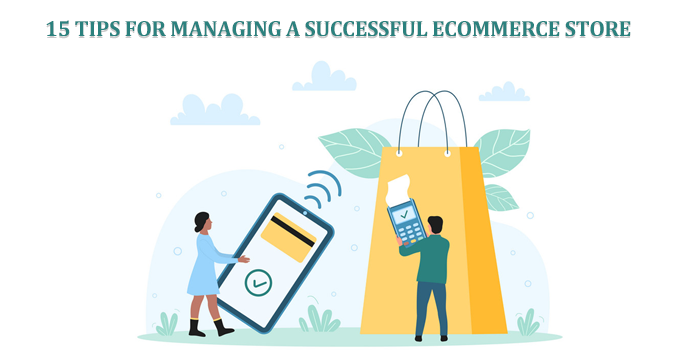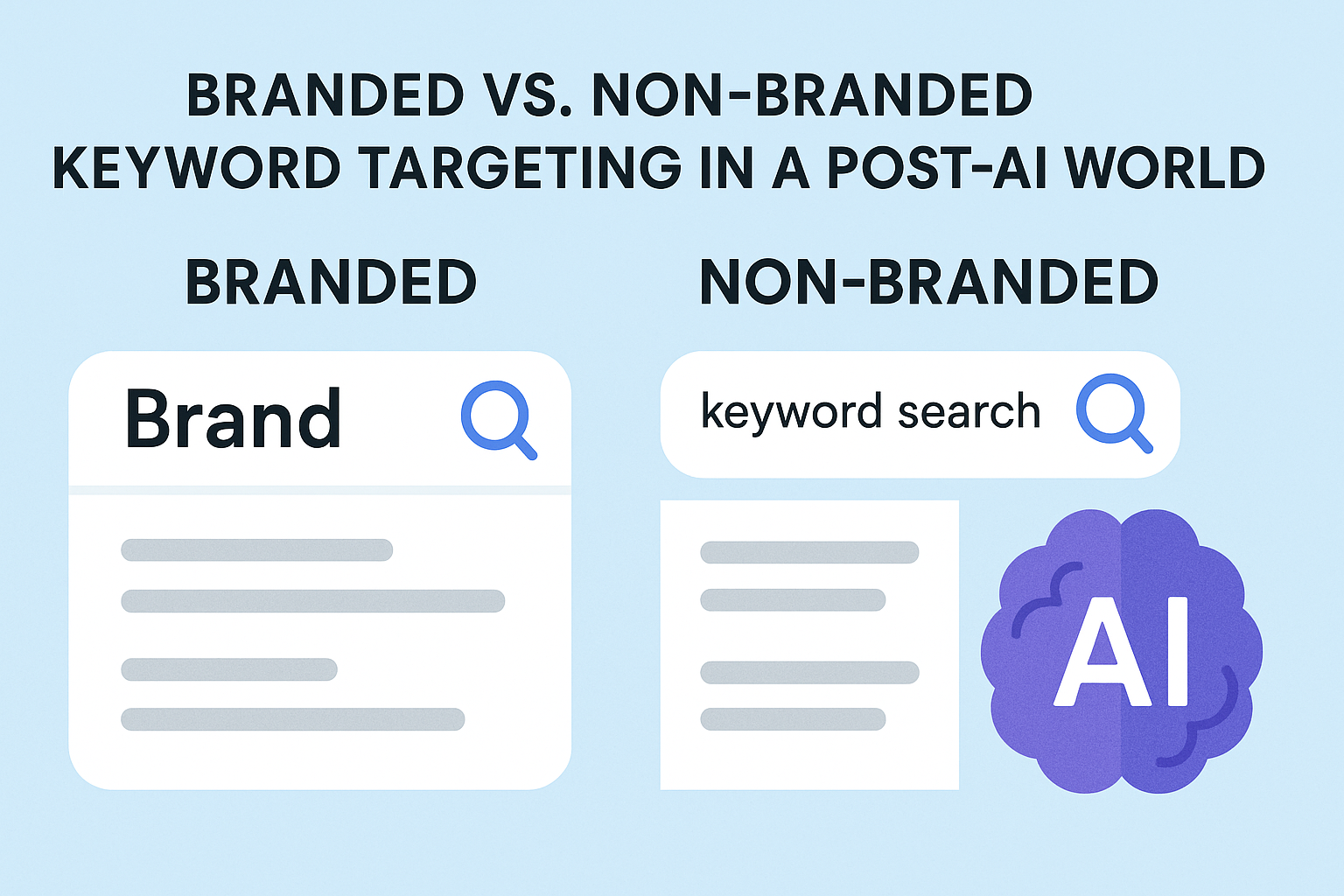With the rise of e-commerce and startups, starting a business from scratch can be difficult.
This blog post includes 15 essential tips for any entrepreneur starting an online store. Includes market research, branding, design, and more!
E-commerce is a vast field that is still expanding. Many advertisements, websites, and business models offer many options for entrepreneurs.
With all the competition in this market, it cannot be easy to showcase your store without a new marketing plan.
That’s where we come in. This blog post will look at 15 crucial tips and tricks to run an online store or manage one from scratch!
1. Perform Website Backups
Disasters can happen anytime in the form of motorists, power outages, human error, or weather events.
Backing up your site regularly will ensure you retain valuable information if your site is compromised.
It’s also essential to ensure website recovery can be quickly made after a crash if your setup plan doesn’t work.
2. Get Rid of Clutter
You need to eliminate clutter from your site. If visitors get a lot of information when they enter your store, they may need clarification. This is one of the best e-commerce home page examples.
Put your top-selling products with pre-order labels through WooCommerce pre-order plugin in the spotlight and inform your users about any promotions and offers on the landing page. Focus on where your products should be.
If you have a blog, link to it properly so visitors or potential customers can find the information they need.
3. Put the Focus on the User
It’s no secret that the biggest failure of e-commerce businesses is the inability to let their customers touch, touch, smell, and see products before making a decision.
Although there is no solution to this problem, you can pay for this failure in other business areas. Some of the best tips include offering fair prices, free shopping, and simplifying the checkout process with a simple shopping cart.
4. Provide Excellent Customer Service
To run a successful e-commerce business, building good relationships with your customers by providing them with high-quality service is essential. This should be done not only by potential customers but also by those who can.
Poor customer service can have far-reaching consequences for your business, as customers are more likely to Google the company name before purchasing.
On the other hand, good customer service can help build brand awareness and bring new customers into your customer base.
5. Make Sure You Have a Responsive Design
People from any device can access responsive designs. Pages must display well on different screen sizes to ensure usability and satisfaction.
Using the responsive web design provides dynamic changes in the appearance of your website depending on the size of your screen and the use of the device you are using.
Now that people spend more time on mobile phones, whether at work or home, responsive design is needed when building an e-commerce website.
6. Expand Presence Across Social Media Platforms
Many new eCommerce stores focus their social media efforts on one level, such as only posting on Instagram or Facebook.
While this can undoubtedly capture customers’ attention, it is easy for competitors to take advantage of it by focusing their attention on social media that you are not.
Building your presence on multiple social media platforms may take extra work. Still, it will expand your reach by promoting your brand and customers while ensuring you remain competitive with other businesses in your market.
7. High Security
Trust between buyers and dealers is more critical than some assembly efforts and is the basis for transactions.
One of the quick improvements to build trust is that all pages are encrypted using the HTTPS convention, not just information pages in cats. Customers expect you to protect their information.
8. Put Thought into Your Copy
Many store owners need to add copies when entering items. The items listed are intended to provide you with information about the product, but they will need help to convert sales.
Writing a product description and selecting the essential items will help you increase sales. People often read the text when they are looking for a product.
By writing a short paragraph explaining how the product will benefit your customer, mentioning its features, and explaining how to use it, you can push your potential customer to buy more.
9. Review Analytics and Metrics
What types of traffic do visitors come from? Which pages are viewed the most? What products work best?
Statistics and metrics can answer these questions and help you make your site more attractive to customers. Of course, this information will change over time, so you must do this regularly to take advantage of opportunities to increase efficiency and income.
10. Use Customer Reviews
Customer reviews directly impact conversions as they will help you gain the trust of new customers. Consumers rely heavily on peer recommendations before making online purchase decisions.
As a business owner, you should encourage your customers to leave reviews for the products purchased from your online store.
11. Stay on Top of SEO
As the e-commerce economy continues to grow, more businesses will tap into this growing opportunity.
This means that staying on top of SEO will be more important than ever to stand out from the competition. Talking to an SEO expert will help you stay competitive in the long run.
12. Nurture Your Brand Ambassadors
Customers will be more valuable to you when you train them to be your brand ambassadors. No matter how much you develop your product, nothing beats an inspiring statement from a satisfied customer to increase sales for your business.
Easily collect and share positive feedback from your customers. You can also encourage them to do so by offering special discounts and perks.
13. Consider a Guest Checkout Option
If making a sale is more important than collecting personal information, add an external referral feature to your eCommerce site, especially if customers are buying simultaneously.
Instead of a signup form that might prevent some customers from making a purchase, you can ask users to sign up on social media or a small form with their name, email, and phone number.
14. Pave Your Path
Standing out from the crowd is crucial to creating a buzz in your business. Getting inspiration from other e-commerce brands is a great way to grow, but it’s also vital to stay true to the purpose of your business and build your digital path.
Remember that the inspiration you get from suitable labels has to be creative. Always ensure your products and processes stand out from others in your branding.
15. Cover a Range of FAQs
Since you can’t physically answer all the other customer questions, give them all the information that will allow your customers to decide. Remember to consider what your customers know. Give everything you can to them.
From FAQs to privacy policies and shipping information, be clear and transparent in your conversations and transactions with them.
Put yourself in the customer’s shoes and decide what their questions are. Cover everything you can imagine.
Conclusion
Since online shopping is the way of the future, entrepreneurs need to follow these essential startup tips to succeed.
These tips may not directly relate to your business but are essential for improving customer satisfaction and loyalty.
Inam Ullah Dar is a writer and digital marketing manager at m Motif Creatives who inspires and empowers you to create marketing that your customers will love. His passion for helping people in digital marketing is through the expert industry coverage he provides. With 5+ years of experience in digital marketing and customer building, he loves talking about content creation, SEO, and pets.







